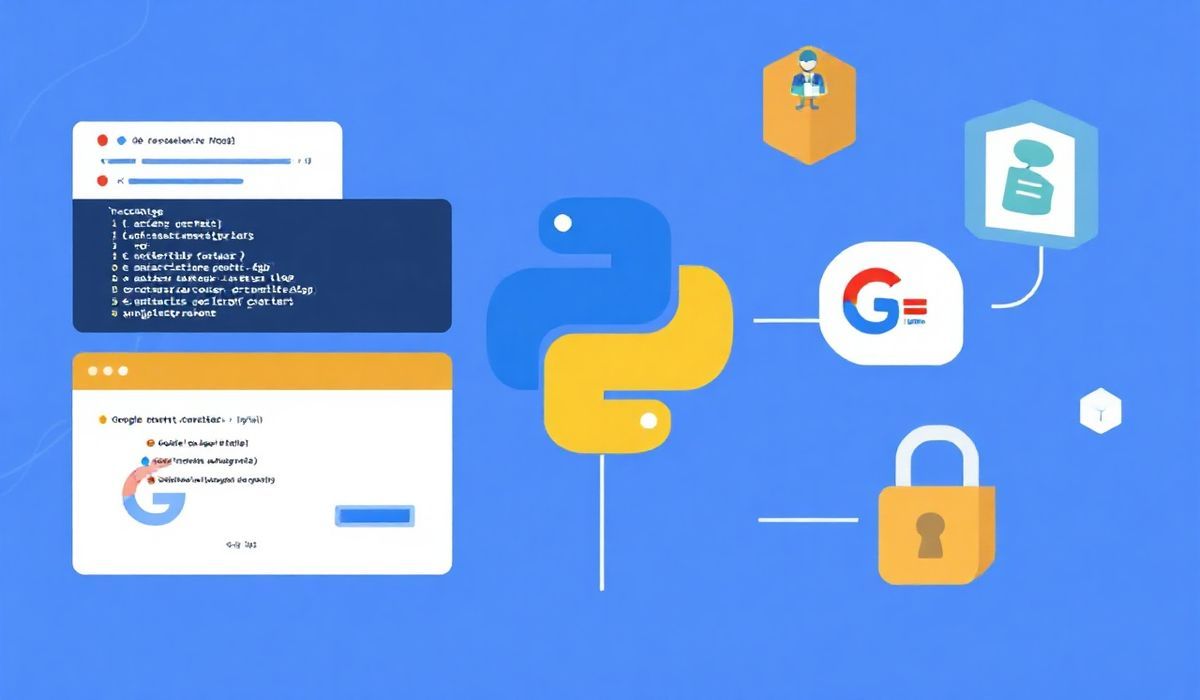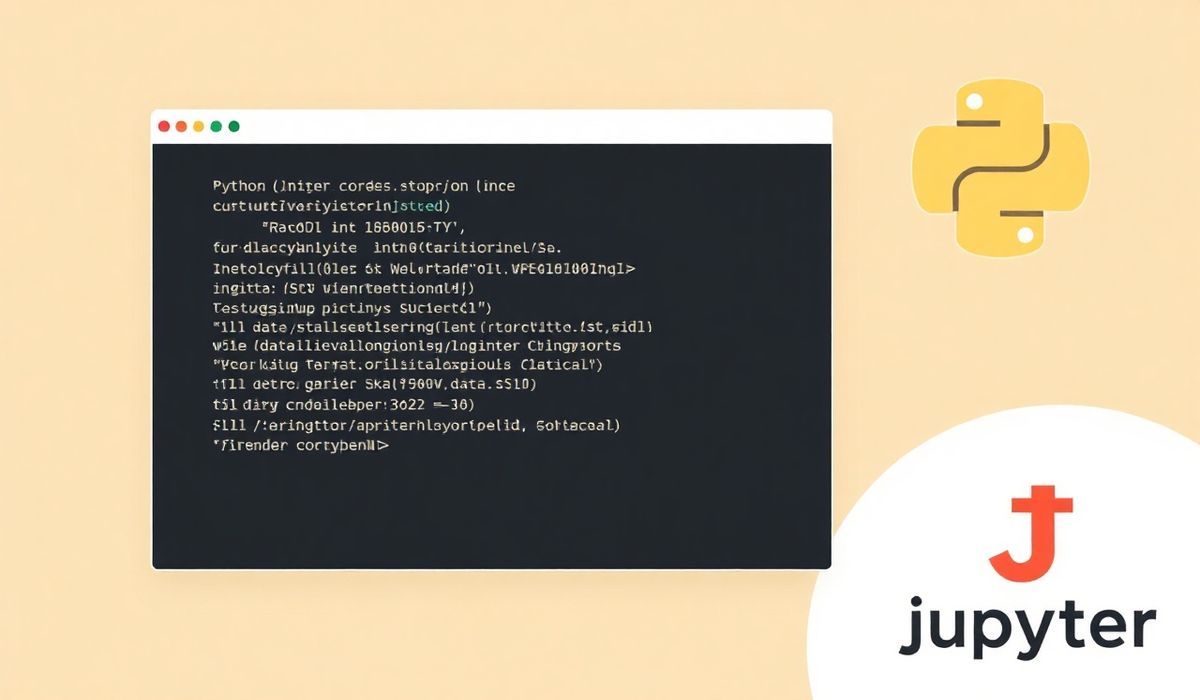Understanding and Using Google Auth for Enhanced Application Security
Google Auth (`google-auth`) is a powerful library that facilitates secure authentication and authorization in Python applications. It is widely used for interacting with Google APIs, managing OAuth 2.0 authentication, and securely aligning your application within the Google ecosystem.
Why Use Google Auth?
Google Auth is essential for developers who want to build applications that interact with Google services like Gmail, Drive, Cloud, YouTube, and more. It helps ensure secure user authentication and allows developers to access Google APIs using service accounts, user credentials, or API keys.
Key Features and APIs of Google Auth
- OAuth 2.0 Integration
- Service Account Authentication
- JWT Assertion
- Support for Refresh Tokens
- Google API Credential Management
Getting Started with Google Auth
pip install google-auth google-auth-oauthlib google-auth-httplib2
Using Google Auth APIs: Code Examples
1. Authenticating with a Service Account
Service accounts are typically used for server-to-server interactions.
from google.oauth2 import service_account # Path to your service account key file key_path = "path/to/your-key.json" # Authenticate with the service account credentials = service_account.Credentials.from_service_account_file(key_path) # Use credentials to access Google APIs (e.g., Google Cloud Storage)
2. Manually Generating a JWT for Authentication
from google.auth import jwt
credentials = jwt.Credentials.from_signing_credentials(service_account.Credentials.from_service_account_file("path/to/your-key.json"))
# Use the JWT credentials for authenticated API calls
3. Using OAuth 2.0 with User Consent
OAuth 2.0 flow allows users to grant permission for API access.
from google_auth_oauthlib.flow import InstalledAppFlow
# Define the scopes you need for the application
SCOPES = ['https://www.googleapis.com/auth/drive.readonly']
# Initiate the authorization flow
flow = InstalledAppFlow.from_client_secrets_file(
'path/to/client_secrets.json', SCOPES)
credentials = flow.run_local_server(port=0)
print("Access token:", credentials.token)
4. Refreshing Expired Credentials
from google.auth.transport.requests import Request
# Refresh token if credentials are expired
if credentials.expired and credentials.refresh_token:
credentials.refresh(Request())
5. Working with Google API Libraries
Combined with `google-auth`, Google client libraries allow integration with various Google APIs.
from googleapiclient.discovery import build
# Initialize the Drive API with authorized credentials
service = build('drive', 'v3', credentials=credentials)
# List files in Google Drive
results = service.files().list().execute()
print(results)
Example Application Using Google Auth
The following example demonstrates a simple Flask application that uses Google Auth to access Google Drive for authenticated users:
from flask import Flask, redirect, url_for, session
from google_auth_oauthlib.flow import Flow
from googleapiclient.discovery import build
app = Flask(__name__)
app.secret_key = 'your-secret-key'
CLIENT_SECRETS_FILE = "client_secrets.json"
SCOPES = ['https://www.googleapis.com/auth/drive.metadata.readonly']
@app.route('/')
def index():
if 'credentials' not in session:
return redirect(url_for('authorize'))
credentials = google.oauth2.credentials.Credentials(**session['credentials'])
drive_service = build('drive', 'v3', credentials=credentials)
# List files
files = drive_service.files().list().execute()
return f"Files in Drive: {files}"
@app.route('/authorize')
def authorize():
flow = Flow.from_client_secrets_file(CLIENT_SECRETS_FILE, SCOPES)
flow.redirect_uri = url_for('oauth2callback', _external=True)
authorization_url, state = flow.authorization_url(access_type='offline')
session['state'] = state
return redirect(authorization_url)
@app.route('/oauth2callback')
def oauth2callback():
flow = Flow.from_client_secrets_file(CLIENT_SECRETS_FILE, SCOPES, state=session['state'])
flow.redirect_uri = url_for('oauth2callback', _external=True)
flow.fetch_token(authorization_response=request.url)
session['credentials'] = flow.credentials_to_dict()
return redirect(url_for('index'))
if __name__ == '__main__':
app.run('localhost', 8080, debug=True)
Conclusion
Google Auth is an indispensable library for securely integrating Google APIs into your Python applications. Whether you need simple OAuth 2.0 flows or powerful service account handling, Google Auth has comprehensive support to meet your needs.




